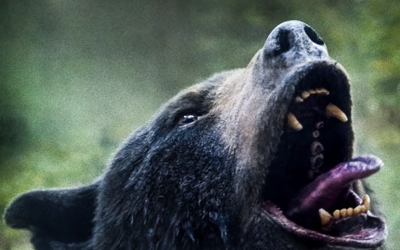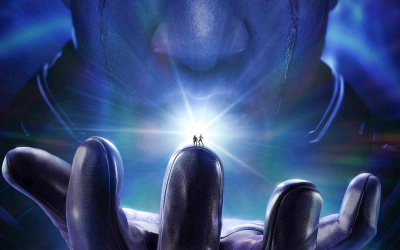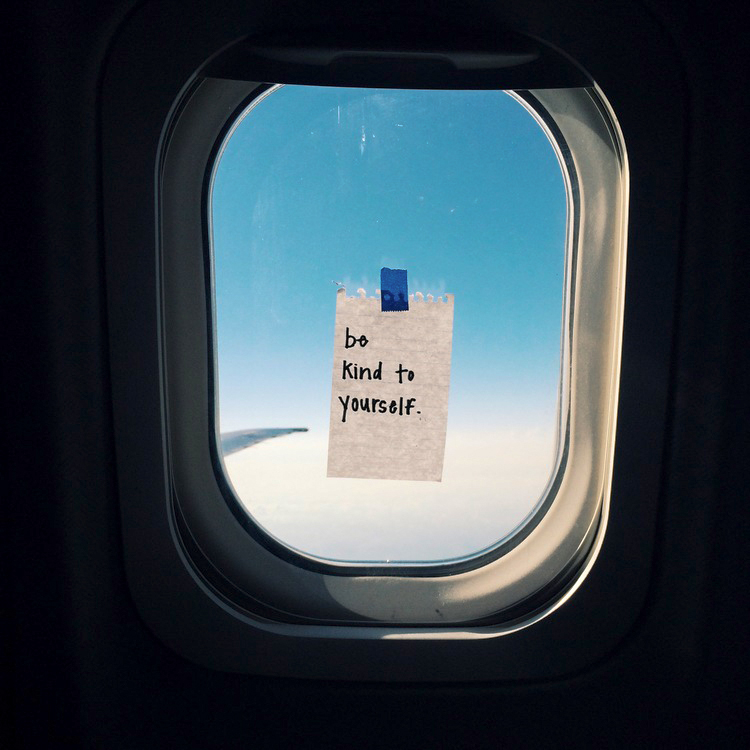Written by: Gretchen Sims “Papa Don’t Preach” — Madonna “Jessie’s Girl” — Rick Springfield “Summer of ‘69” — Bryan Adams “Love is a Battlefield” — Pat Benatar “Tell It to My Heart” — Taylor Dayne “9 to 5” — Dolly Parton “Shadows Of The Night” — Pat Benatar “Girls...
Entertainment
Alternative worship
Written by: Jude Bokovoy Any time is a great time to listen to christian music — once a week during church does not have to be the only time. There is a whole world full of different styles and artists waiting to be heard. Below is a list of christian artists paired...
“Cocaine Bear” review
Written by: Mikayla Coleman Content warning: this article contains spoilers and mentions of drugs Directed by Elizabeth Banks, the comedy horror movie “Cocaine Bear” has taken theater-goers by storm. The narcotics-filled thriller, which was released Feb. 23, 2023,...
“Winnie the Pooh: Blood and Honey” review
Written by: Nicholas Sarysz “Winnie-the-Pooh: Blood and Honey” is a film that takes place in the magical world of the Hundred Acre Wood, where Winnie-the-Pooh and his friends reside. However, unlike the classic children’s stories that we’re...
Ticketmaster drama Implications
Written by: Gretchen Sims When Taylor Swift announced “The Eras” tour, it is fair to say that fans were ecstatic. However, the announcement’s excitement ultimately paled in comparison to the absolute despair and heartbreak caused when Swift’s tickets finally went...
Ant-Man and the Wasp: Quantumania
Written by: Gretchen Sims Content warning: contains spoilers and may offend Marvel fans Morale was low for Marvel fans when “Ant-Man and the Wasp: Quantumania,” the third installment of the Ant-Man franchise, was released on Feb. 17. The plot line follows Scott Lang,...
“Words from the Window Seat” review
Written by: Jude Bokovoy Whether it was a post from her blog, an Instagram post, TikTok, Youtube video or on an American Airlines flight, most people have come across Taylor Tippett. In case one doesn’t know, Tippett is in her mid to late 20’s, recently married, a...
TikTok faces more privacy concern
Written by: Nicholas Sarysz TikTok is a wildly popular social media platform that has taken the world by storm, surpassing over one billion active users worldwide in 2021. The app allows users to create and share short, looping videos of themselves or their...
Melody Barrett’s senior art exhibit
Written by: Gretchen Sims The latest addition to the senior art exhibits in the Werner University Center is blowing viewers away with its stunning colors and cohesive designs. Artist Melody Barrett is the mastermind behind these breathtaking works that currently grace...
Sampling or Stealing?
Written by: Mikayla Coleman Rapper Matthew Raymond Hauri, infamously known by fans as Yung Gravy, has been releasing music since 2016. Hauri began releasing music for fun on SoundCloud while attending college. Since then, Yung Gravy has become a memorable name around...










